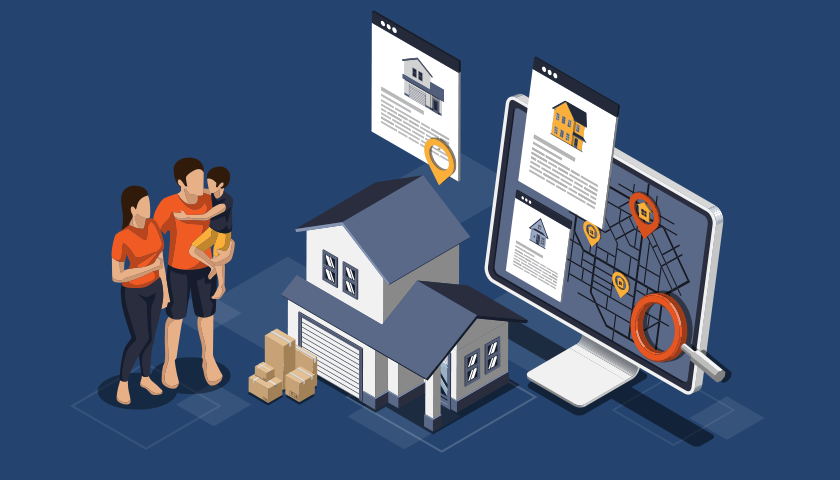The impact of Covid-19 has drastically altered consumer sentiments across industries, and real estate is no different. With the present emphasis on remote working, the importance of owning a home has been re-established as a secure and necessary investment.
There has been a paradigm shift in the buying preferences of prospective homebuyers. According to RoofandFloor and JLL India recent report Homebuyer Preference Survey: The COVID-19 Impact, “While the factors and features that a prospective homebuyer considers while making a purchase has not changed to a great extent, there has been a shuffle in the relative importance of these aspects.”
‘Connectivity to office and schools’ no longer dictates home purchase decisions. “Lower density environments, access to open green spaces, access to healthcare and the size of the apartment have moved up in importance in the decision-making matrix,” the report stated.
Highlights from the report
Size of the apartment
Given the shift towards the work-from-home culture, there is a rising need for more space within our home to adapt to the new normal. Thus, prospective buyers are now looking to buy houses that provide much larger space that can be converted to workspace or study space depending on the buyer’s need.
Restrictions induced by the Covid-19 pandemic have made homebuyers realise the importance of spacious homes. “This sentiment is reflected in an increased interest towards larger and spacious homes from Indian as well as NRI buyers,” says Sarthak Seth, Chief Marketing Officer, Tata Realty & Infrastructure Limited.
Track record of developers
The developer profile now occupies an even more significant position in the decision-making matrix. “There is an increased preference and willingness to pay a premium for projects by developers with an established track record,” the report stated.
Access to healthcare and open green spaces
Next, comes the easy accessibility to healthcare and open green spaces.
Homebuyers have started to attest their affinity for well-designed projects offering ample green spaces and access to all the basic amenities within the housing community. This is why integrated townships that provide robust infrastructure with an array of recreational facilities are gaining ground in Indian cities.
“Homebuyers now favour living in large, gated housing societies for safety and security concerns. They look for self-sustained communities that can fend for themselves even during pandemic-like exigencies with minimal contact with the outside world. Due to this, there has been an exponential boost in demand for townships across the country,” Karishmah Siingh, Vice President – Sales, CRM & Marketing, Salarpuria Sattva.
Lower density environment
The work-from-home scenario, the need for safety, hygiene and a clean living environment has encouraged buyers to opt for locations along the peripheral areas. Apart from changing real estate consumer preferences in a strengthening WFH environment, affordability is another reason for this shift.
Explaining the same, Jayesh Rathod, Executive Director, The Guardians Real Estate Advisory said, “Peripheral areas around metro cities have witnessed the development of affordable housing projects since the past few years. The reduced cost per square feet vis-a-vis the neighbouring metro cities, negligible transaction cost, government subsidies, and increased supply has led to growth in demand for such vicinities.”
Top suburban markets to consider
Proximity to public transport hubs ranked sixth in the priority list, followed by connectivity to workplace and school at seventh, and access to entertainment hubs at the last position.
Other insights:
Read the full report here!







